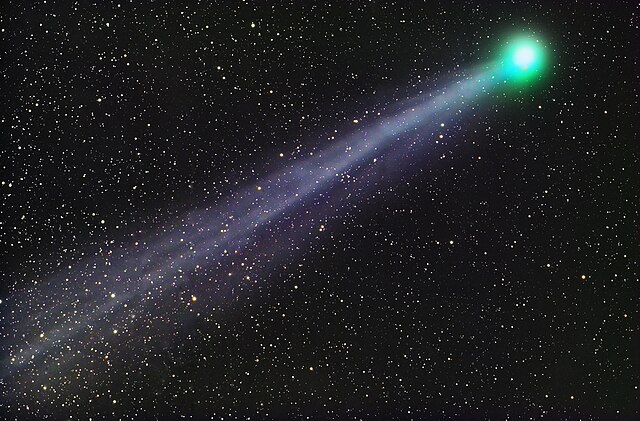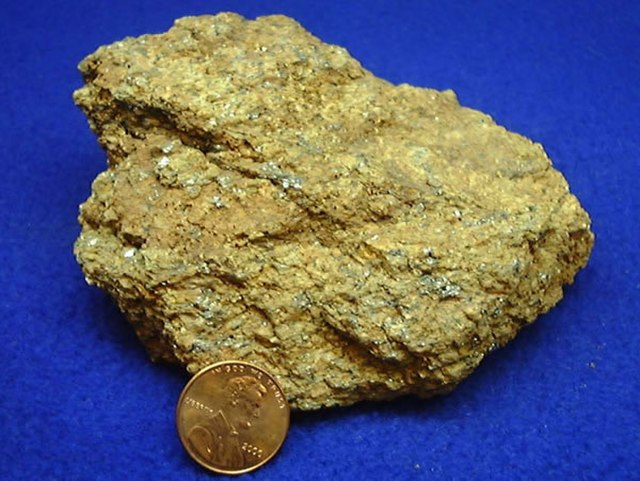Charcoal is a lightweight black carbon residue produced by strongly heating wood in minimal oxygen to remove all water and volatile constituents. In the traditional version of this pyrolysis process, called charcoal burning, often by forming a charcoal kiln, the heat is supplied by burning part of the starting material itself, with a limited supply of oxygen. The material can also be heated in a closed retort. Modern charcoal briquettes used for outdoor cooking may contain many other additives, e.g. coal.
Charcoal
Packaging of charcoal for export in Namibia
An abandoned charcoal kiln near Walker, Arizona, US
Wood pile before covering with turf or soil, and firing it (c. 1890)
Carbon is a chemical element; it has symbol C and atomic number 6. It is nonmetallic and tetravalent—meaning that its atoms are able to form up to four covalent bonds due to its valence shell exhibiting 4 electrons. It belongs to group 14 of the periodic table. Carbon makes up about 0.025 percent of Earth's crust. Three isotopes occur naturally, 12C and 13C being stable, while 14C is a radionuclide, decaying with a half-life of about 5,730 years. Carbon is one of the few elements known since antiquity.
Graphite (left) and diamond (right), two allotropes of carbon
A large sample of glassy carbon
Comet C/2014 Q2 (Lovejoy) surrounded by glowing carbon vapor
Graphite ore, shown with a penny for scale








